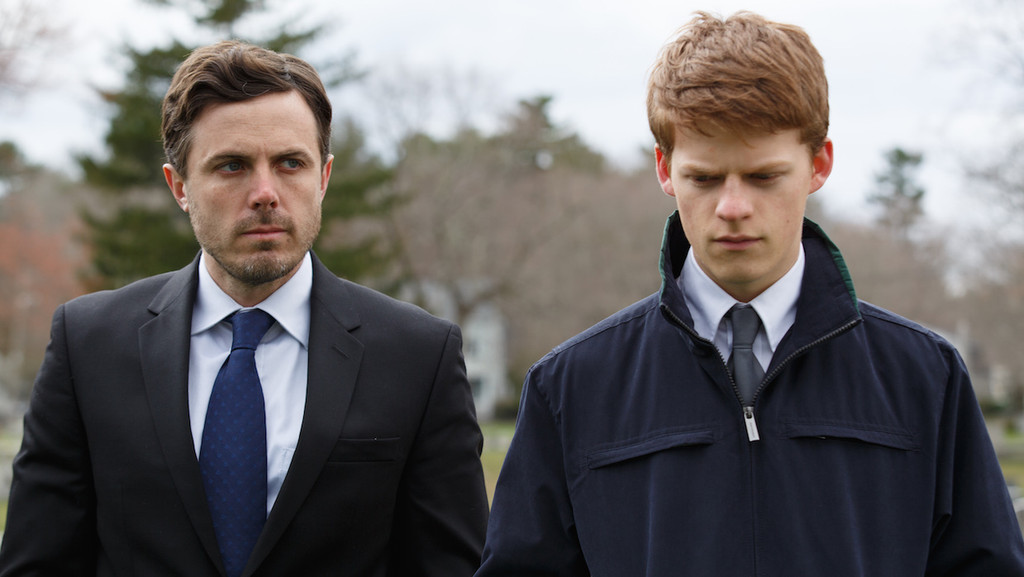
There have been many brilliant scenes in the 21st century thus far, but this list will be strictly focused on the performances. The acting of the actors at play in that one scene could be in the beginning, middle or end, or the final or first time we see the character on screen, in a group or alone. Here are the best acted scenes of the century so far.
20. Mulholland Drive (2001) – Betty’s Audition
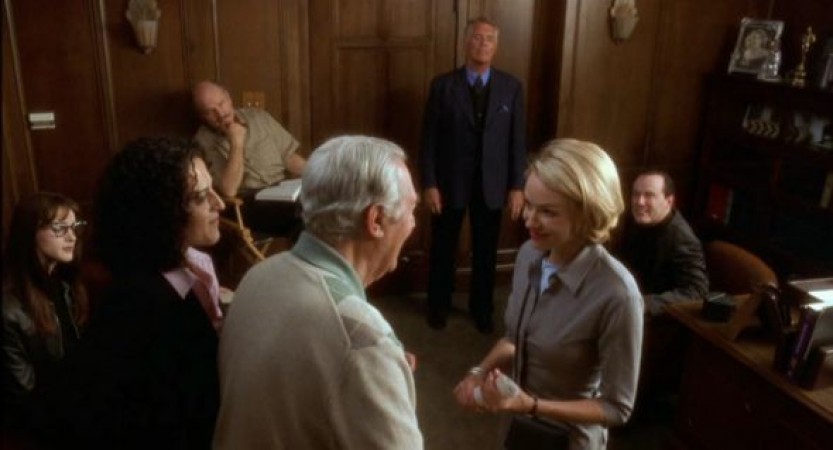
David Lynch manages to get insane performances from his actors, ranging from over-the-top melodrama to psychological horror, usually in the same film. When it comes to Naomi Watts’ breakout role playing Betty and Diane Selwyn in “Mulholland Drive,” we never feel comfortable where it’s going.
After rehearsing her audition once and even laughing at the material, we expect the audition to bomb as she says. However, Betty dons a sensual and sexual seduction scene that wows everyone in the room and more importantly, everyone watching. We feel the exoticness in the scene, fully clothed and enclosed, and then bam, the audition ends and everyone claps as Betty smiles in joy.
What makes this scene stand out is the rollercoaster of Watts’ performance in the film, showing how this one scene truly grounds us in a realistic way in a neo-noir mystery surrealism film.
19. Certified Copy (2010) – The Transition Scene
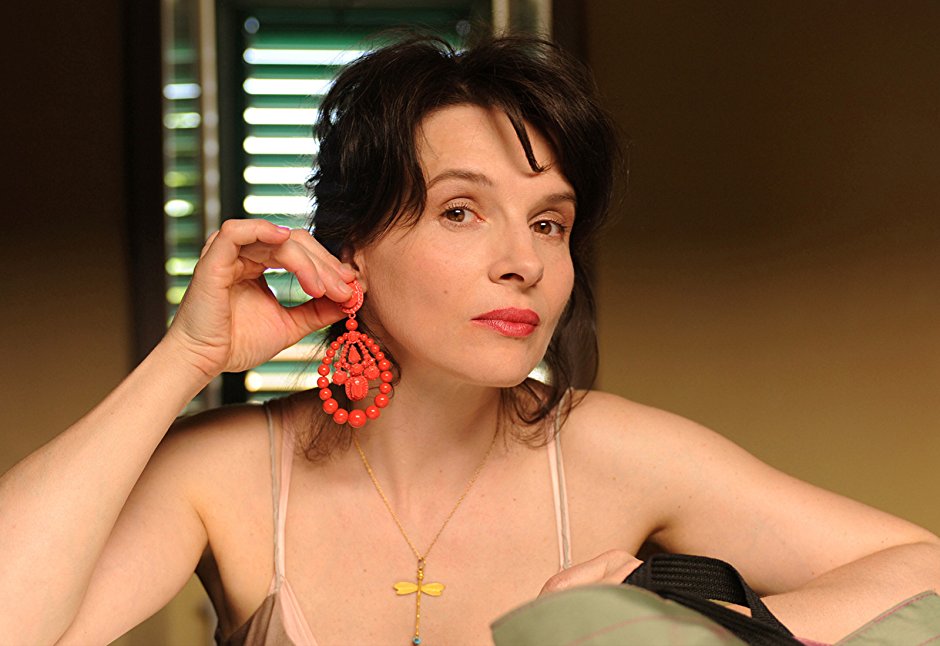
Abbas Kiarostami has always challenged the form and narrative of film, but in this film, we get a sudden shift that changes the atmosphere on the acting of the entire last act of the film. Juliette Binoche plays an unnamed woman in the film and she converses around a Tuscan village with William Shimell, a writer in the film and real-life opera singer.
About two thirds into the film, these two recently met strangers, after talking for hours particularly on the status quo of art, start to act as a married couple. An elderly woman believes he was the husband and Binoche’s character simply goes along. Or does she?
The scene absolutely makes the audience question whether the writer and the woman were play acting, what is real and what is not, and what is the actual relationship at hand. For the rest of the film, we explore their crippling if not yet crippled relationship. But it’s the transition played so effortlessly and naturally by Shimell and Binoche that allows us to continue to follow the journey of these two strangers.
18. Tuesday, After Christmas (2010) – Paul tells Adriana
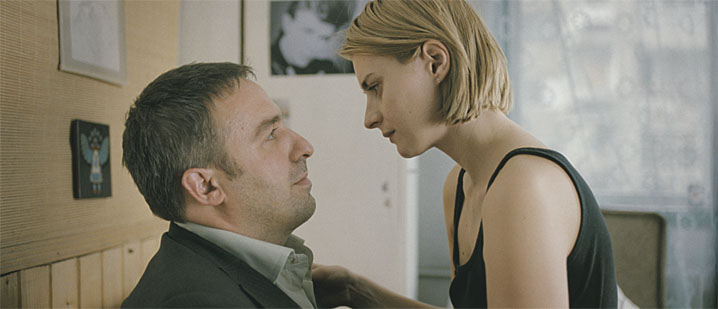
With the continuing of the Romanian New Wave, Radu Muntean created a tightly scripted, performed, and controlled film about a man having an affair. Mimi Branescu plays the husband, Paul, and Mirela Oprisor plays the cheated wife, Adriana. After nearly 70 minutes into the film, we finally witness the scene when she learns about the affair.
What makes this scene so brilliantly acted is the tension and realism in Muntean’s controlled aesthetic. Both Branescu and Oprisor grapple with their emotions and don’t really know how to act. Therefore, we go from the stillness of the two to a straight-on attack and physical beating to comfort while crying, all in their sweatpants and house clothes, grounding the scene in a realistic fashion. Both actors exhibit such range in their confusion of what comes next and what is actually happening.
It’s important to note all the mundaneness of the couple’s life of raising their child together, the affair with Raluca, and the everyday life all add to this explosive and controlled scene that truly portrays a couple on the verge of breaking up.
17. Holy Motors (2013) – The Death Bed Performance
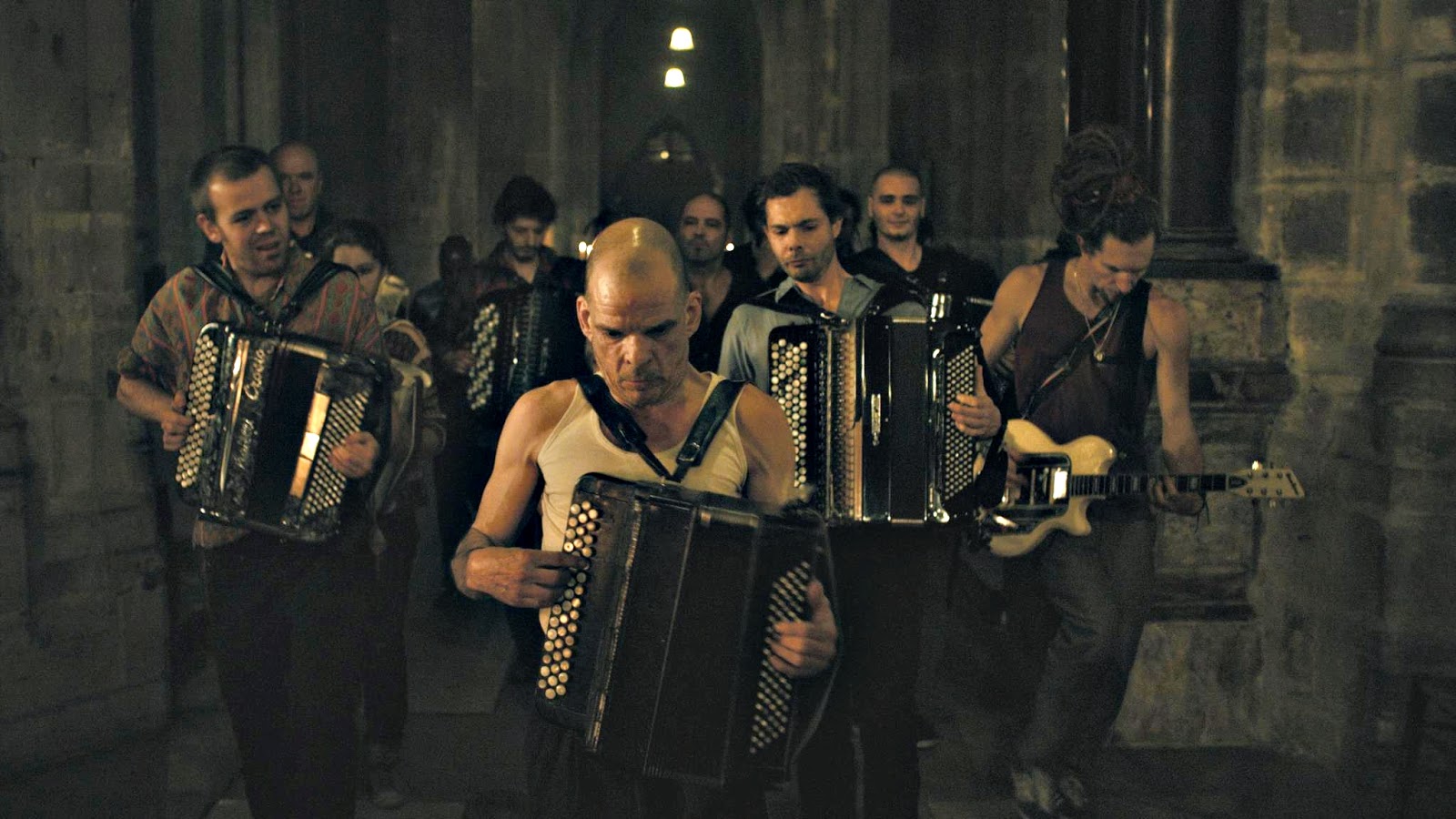
After experiencing the chameleon Denis Lavant go from being a beggar to motion-captured creature to a band leading accordionist, we see him as a dying old man in the seventh sequence in this film. We are truly experiencing a Leos Carax fantasy surrealist film that suddenly shifts to the true meaning of the film and the character at play.
Lavant plays a dying old man and is comforted by Elise L’Homeau who plays Lea, an assumed niece or close relative as she refers to him as ‘uncle’. What makes the scene so moving is that Lavant’s character, not of the dying old man, is moved but he is moved himself. They two begin to talk as true humans, not as actors. Lea reveals herself to be Elise and the two share a true moment of connection in the midst of constantly performing for the unknown or nonbearing spectators, a touch Carax was doing with film.
The scene shows the most humane side of the ‘actors’ literally ‘performing’ in the film. It brings us to the themes Carax is accomplishing and it is done through Lavant and L’Homeau’s touching break from their own ‘performances’.
16. Secret Sunshine (2007) – Lee breaks down at church
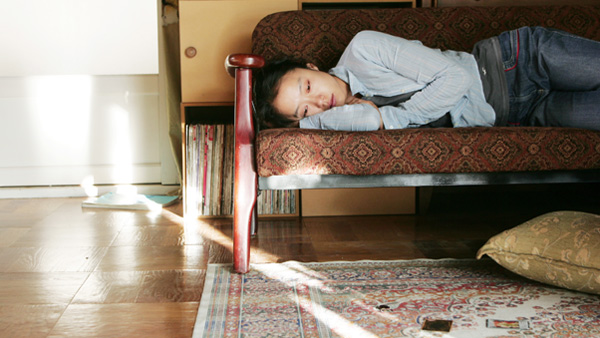
Lee Chang Dong doesn’t receive the attention he deserves as he continues to make startling South Korean films. His films capture stunning performances such as Jeon Do-yeon’s Lee Shin-ae, a recent widower who moves back to her hometown where tragedy further strikes after her son is kidnapped.
Lee tries to find the faith to continue onward with the help of her friend, Kim Jong-chan, played by the always fantastic Song Kang-ho. When Lee arrives in one of the many churches and listens to the parishioners singing songs, she starts to weep heavily because all hope has been lost. Even being blessed by the pastor, she continues to weep and there is no lying in Do-yeon’s eyes; it is a difficult scene to watch.
And what captures the weeping of Do-yeon even more powerfully is how Kang-ho simply looks down at the ground and can’t even look at her as he sits behind her. It shows he has no idea how to comfort her and proves that the least amount of acting can actually be the best. Both performances in this scene are a perfect contradiction to one another, proving how different ways of acting make for an amazingly performed scene.
15. Blue Valentine (2010) – Dean and Cindy in the kitchen
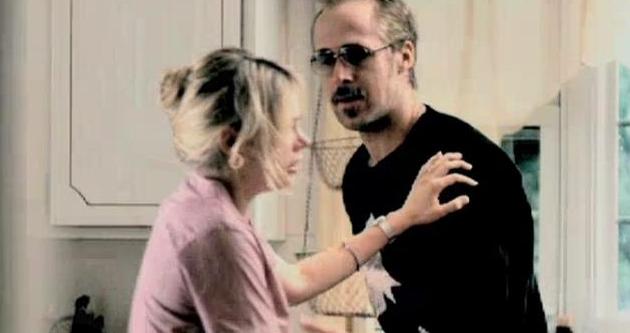
After watching Dean and Cindy fall in love in the past and trying to keep their marriage alive in the present day, it all leads to a heartbreaking conclusion of these two characters. In Derek Cianfrance’s film, we see Ryan Gosling and Michelle Williams hit new peaks in their careers and almost any scene between these two could be on this list.
It’s before the ending of the film, we see these characters as Williams’ Cindy just can’t go on living the way they are and is exhausted of all the back and forth between her and Dean. Gosling’s Dean on the other hand is literally surrendering to her, banging the wall as they both start to cry. The performances here are brittled with tension and make us literally hold our breath because we don’t want to miss the slightest mannerism or gesture between the two.
Every line and motion in the scene is perfect and grounded in a realist way that it’s as if we are actually watching a real life couple break up, yet still being in love with one another.
14. No Country for Old Men (2007) – ‘Call it.’
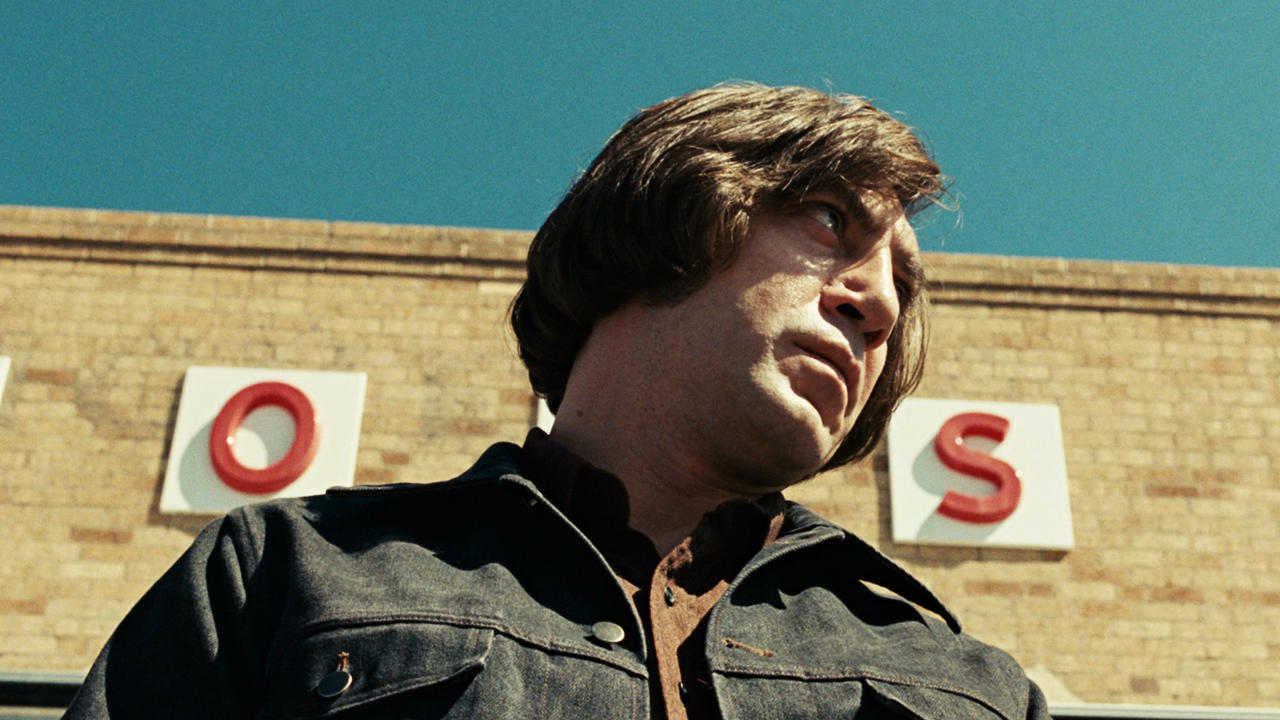
A scene that could be everything Joel and Ethan Coen try to achieve – tense, darkly comedic, existentialist, all thanks to Javier Bardem and Gene Jones. With a simple context of paying for gas, you get a scene constantly regurgitated with its two words: “Call it.”
Bardem’s Anton Chigurh plays a life-and-death match with Jones’ gas station clerk. He is literally putting all his demonic yet philosophical ways of living into a coin toss. And it’s the confusion of Jones that plays off it so well. This scene could be butchered if played by other actors, but Bardem is the lone star of this scene, showing all the characteristics and personality of Chigurh and even the film’s themes into one scene.
It’s the peaking, heavy and light breathing, eye contact ,and body language of these two that keep the audience glued to the screen, even without truly knowing what the purpose of the scene is. Regardless, the scene relies strictly on the acting between the two strangers that will continue onward.
13. The Hunt (2012) – Lucas confronts Theo
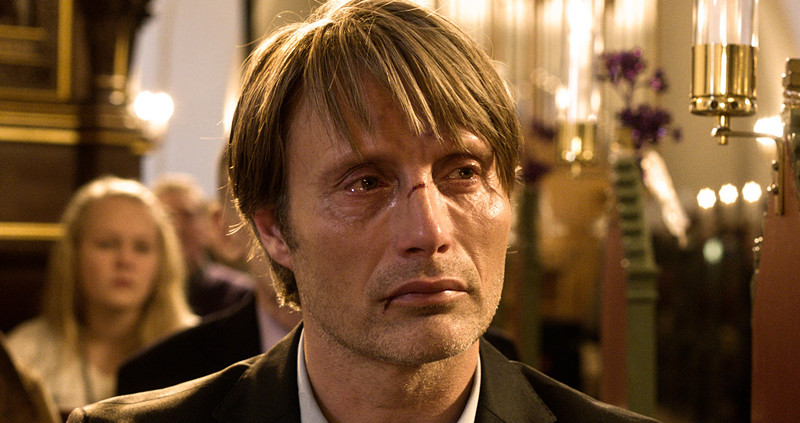
After being outcast and beaten by the community for a crime he didn’t commit or never really explained, Mads Mikkelsen’s Lucas confronts Thomas Bo Larsen’s Theo at Christmas mass with the children, with his daughter Klara present, in this Thomas Vinterberg film.
Mikkelsen reaches a low point in the film, struggling to hold onto his pride and innocence in a respectable way; he begins still on the isolated bench with the two behind him. But as the scene progresses, he starts to move, becoming fidgety to eventually kicking the seat and walking over to Theo for an explanation.
This sense stands out for showing how Mikkelsen is still in control of his body and words while literally grabbing Larsen as he barely makes a move and is almost a corpse, as if the experience has drained him too.
It’s not only how these two move, staring deep into each other’s eyes for reasoning, and flawlessly acted, but also the entire town watching onward as well. They are curious, nervous, and paralyzed as Theo and Lucas have had enough. The scene is an emotional and tense high point in the film, which contains scene after scene of pure dramatic tense mystery.
12. Inglourious Basterds (2009) – Once Upon A Time in Nazi-Occupied France
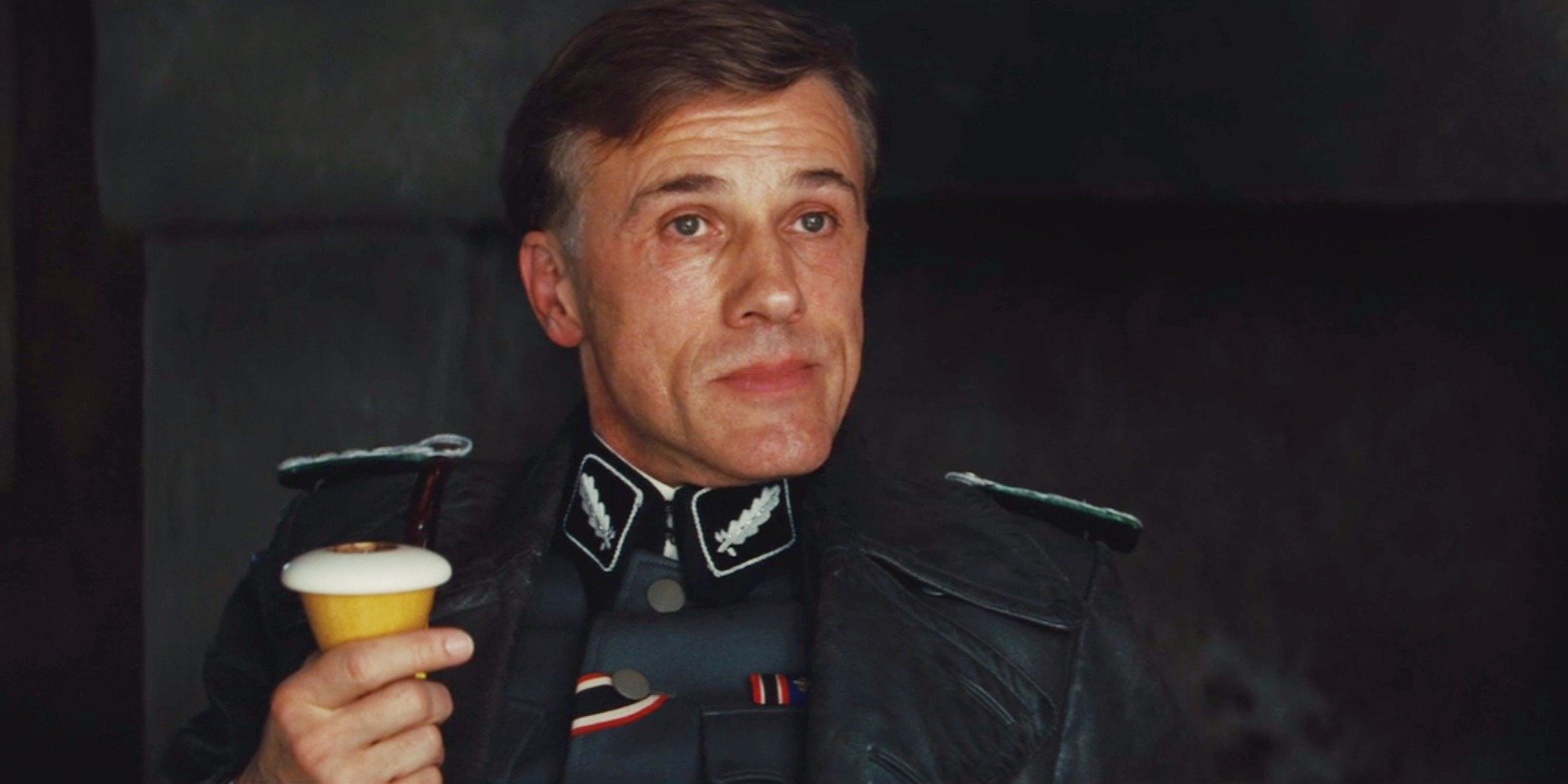
A scene with the charismatic, witty, and deranged evil of Colonel Hans Landa, played by none other than Christoph Waltz, and the haunting silent Perrier LaPadite, played by Denis Menochet, might be the one of the best acted opening scenes in history. In Quentin Tarantino’s film, the performances between these two actors go from darkly comedic to grim counterpoints and an assortment of other tones all in the opening 13 minutes.
As they converse in both English and French, all of Waltz’s moves and delivery of Tarantino’s dialogue is perfect to the contradictory staring silent and scared Menochet. It’s through these two actors we get the personality of Landa that sets up the course of the entire film. We see how Tarantino is shaping us for his revisionist, Spaghetti Western war film. The entire exchange between the two not only stands alone, but it sets up the film.
No other performances in the film show the range of performances done at this farmer’s kitchen table. It goes from laughingly nervously to evil wonderment from excessively verbose to stark silence. Waltz and Menochet are a perfect pair for any two people at a table, because you get so many emotions strictly just from the acting.
11. Call Me By Your Name (2017) – Professor Perlman’s Monologue
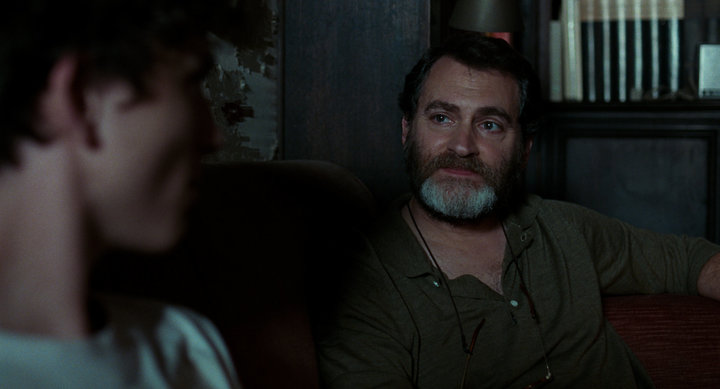
After Olivier has departed from the Elio after their weekend away together, he returns home. Elio, played by Timothee Chalamet, is heartbroken and lost as he lays down on the couch next to his father, played by Michael Stuhlbarg. At this moment, Stuhlbarg gives a speech to Elio that could be molded into how to handle your children after such an experience.
Every single line from James Ivory’s script and direction from Luca Guadagnino shows the emotion, depth, humanity, sadness, longing, and love pouring out from Stuhlbarg. It’s done so in a perfect way, avoiding melodrama or preaching or a sermon.
It’s simply talking from father to son as Chalamet takes it all in, barely moving such as the twitch of his eye that he understands. Stuhlbarg delivers the words so beautifully, as if reciting a poem, yet he does so in a relatable way, cementing it into the moment of the scene.
The quietness of Elio and the painful yet heartfelt and truthful revelations by Professor Perlman might be one of the most touching portrayals of father and son in one scene on screen.